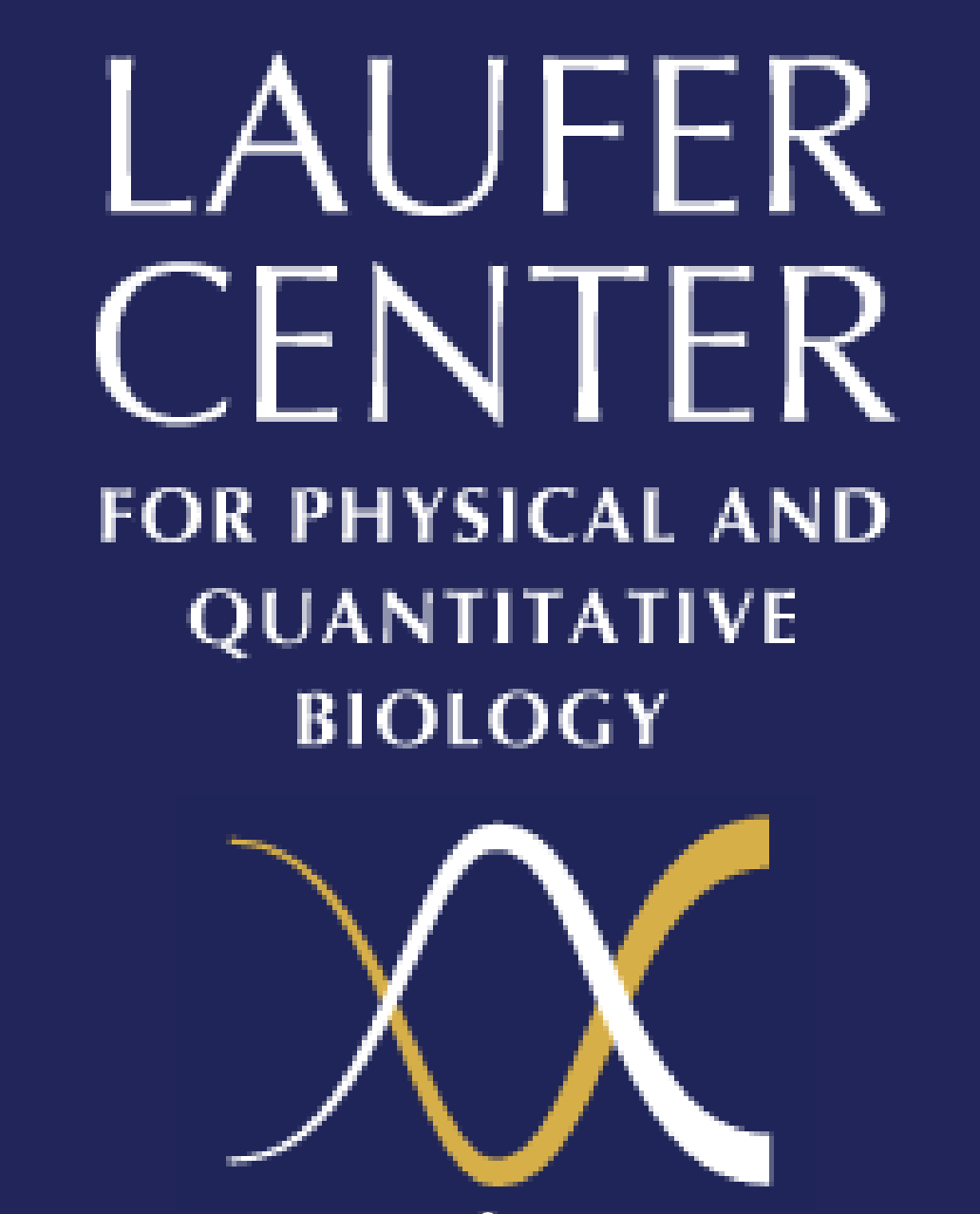Events Calendar
Sasha F. Levy
Department of Genetics, School of Medicine
Stanford University
High-throughput lineage tracking reveals complex population dynamics in response to environmental change
Epigenetic and genetic variation within closely-related cell populations could act as a risk-spreading strategy that increases the population's fitness in changing environments. Yet, little is known about the extent of either epigenetic or genetic variation in asexually evolving opulations, or if this variation results in meaningful fitness differences when the environment changes. We developed two novel high-throughput fitness assays to study variance within isogenic and evolving populations of Saccharomyces cerevisiae. First, using a high-throughput microscopy assay that monitors growth and survival of tens of thousands of microcolonies simultaneously, we find that clonal populations display broad distributions of growth rates and that slow growth predicts resistance to heat killing in a probabilistic manner. Growth rate and survival heterogeneity appears to be due to a combination of stochastic and deterministic factors, with one deterministic factor being the replicative age of the cell. Second, to follow lineage trajectories over longer time scales, we developed a genetic method to label otherwise isogenic cells with half a million unique molecular barcodes that serve as lineage tags during experimental evolution studies. By tracking the relative frequencies of lineage tags over time, we observe the granular dynamics of evolving populations and measure, at high resolution, their population parameters such as the beneficial mutation rate and the distribution of fitness effect sizes. We find a high rate of beneficial mutations, suggesting that, at most naturally occurring population sizes, competition between lineages drives high genetic variability. I will discuss future directions for these technologies, including the use of double barcodes for high-throughput studies of evolution across changing environments, statistical epistasis, genetic and protein-protein interactions.
Host: Ken Dill, Laufer Center


